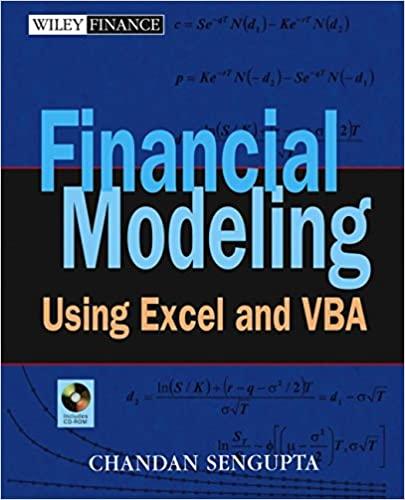
Problem 1 (weight 30%) Kolaric et al. (2016)" examine the returns of South Korean stocks following large price shocks. They analyse monthly returns over the period 2000-2014 of stocks that are included in a main Korean stock market index (the KOSPI 50 index). A price shock is defined as a month with an absolute price change of 20% or more. Their data contain 863 shocks, 501 price increases and 362 decreases. Using the market model and event study methodology, they calculate cumulative average abnormal returns (CAARs) in several time windows before and after the event months (which is month 0) and in two sub-periods (2000-2007 and 2008-2014). Their main results are summarized in Table 1 below. Table 1: CAARs (in %) surrounding large price changes window price increases price decreases (months) 2000-2007 2008-2014 2000-2007 2008-2014 -3 to - 1 2.04* -3.37* 1.92 1.38 1 to 6 3.59* -0.24 9.84* 12.47* 1 to 12 12.33* 0.98 15.42* 12.31* 1 to 24 21.39* 1.44 23.70* 15.36* means significantly different from 0 * a) Which form of market efficiency is tested by Kolaric et al. and do any of their results in Table 1 contradict the Efficient Market Hypothesis (EMH)? If so, explain which specific result(s) and why. Problem 1 (weight 30%) Kolaric et al. (2016)" examine the returns of South Korean stocks following large price shocks. They analyse monthly returns over the period 2000-2014 of stocks that are included in a main Korean stock market index (the KOSPI 50 index). A price shock is defined as a month with an absolute price change of 20% or more. Their data contain 863 shocks, 501 price increases and 362 decreases. Using the market model and event study methodology, they calculate cumulative average abnormal returns (CAARs) in several time windows before and after the event months (which is month 0) and in two sub-periods (2000-2007 and 2008-2014). Their main results are summarized in Table 1 below. Table 1: CAARs (in %) surrounding large price changes window price increases price decreases (months) 2000-2007 2008-2014 2000-2007 2008-2014 -3 to - 1 2.04* -3.37* 1.92 1.38 1 to 6 3.59* -0.24 9.84* 12.47* 1 to 12 12.33* 0.98 15.42* 12.31* 1 to 24 21.39* 1.44 23.70* 15.36* means significantly different from 0 * a) Which form of market efficiency is tested by Kolaric et al. and do any of their results in Table 1 contradict the Efficient Market Hypothesis (EMH)? If so, explain which specific result(s) and why







